-
Poems
Days
Tuesday April 2, 2024The week's just started, much to do, Meetings, deadlines and tasks accrue. Wednesday brings a glimmer of hope, Halfway through, we start to cope. Thursday's better, Friday's near, The weekend's close, we persevere. Sweet Saturday, our greatest treasure Let loose, unwind, our passions pleasure Sunday funday feeding our soul A lazy morning into an afternoon stroll As for Tuesday the wretched beast, We'll grin and bear you, to say the least.
-
Poems
sleep
Monday April 1, 2024When an embrace of peace, All our troubles may cease Into the stillness of the night All our thoughts take flight Under a deep calm, a healing soothing balm Rest our sanctuary for the soul, making us whole In the darkess of our minds, where unspoken truths unwind The inevitable surrender, a gentle fall, into sleep’s inviting, silent call.
-
Gaming
Unveiling the Mystery: How to Discover the Heart of the Sea in Minecraft
Thursday March 14, 2024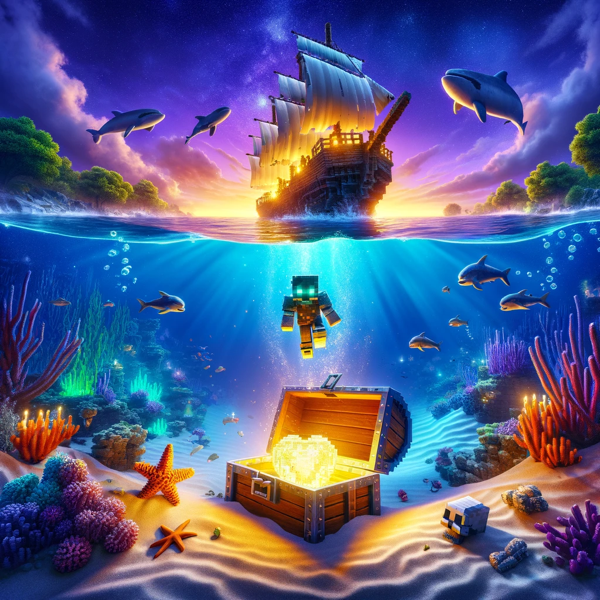
Minecraft's vast, expansive world is filled with countless treasures, but few are as coveted as the Heart of the Sea. This rare item is not just a trophy; it's a key component in crafting one of the most useful items for underwater exploration and construction - the Conduit. But where do you find this elusive Heart of the Sea, and what steps must you take to obtain it? Let's dive into the depths of Minecraft and uncover the secrets of acquiring this precious item.
The Journey Begins: Unearthing Buried Treasure
The quest for the Heart of the Sea starts with the search for buried treasure maps. These maps are the only clue to finding the hidden treasures that lie beneath the sand. But how do you find these maps? There are three main avenues:
- Small Underwater Ruins: With a 41.7% chance of housing a treasure map, these ruins are a good starting point.
- Large Underwater Ruins: Slightly better odds here, at 43.5%, but still not a guaranteed find.
- Shipwrecks: The most reliable source, offering a 100% chance of containing a buried treasure map. Shipwrecks can be found in oceans or on beaches, hiding the maps within their chests.
Navigating with a Buried Treasure Map
Once you've secured a map, the real adventure begins. A buried treasure map in Minecraft looks distinctly different from a regular map. It features orange and white lines, with land masses outlined in white and black.
The center of the map is marked with an "X," indicating the treasure's location, while a white dot represents your current position. As you move closer to the treasure, the dot grows, guiding you to your prize.
The Reward: Heart of the Sea
After following the map and reaching the "X," you'll likely need to dig, sometimes underwater, to uncover the buried treasure chest. Within it, alongside valuable resources like iron and gold ingots, lies the Heart of the Sea.
This item is the centerpiece in crafting a Conduit - an underwater beacon that grants enhanced abilities like improved vision, breathing, mining speed, and protection against hostile mobs. It's an indispensable tool for anyone looking to establish underwater bases or farms.
Crafting the Conduit: The Final Step
To craft a Conduit, you'll need eight Nautilus Shells in addition to the Heart of the Sea. The combination of these items creates a powerful beacon, opening a new realm of possibilities for underwater adventures and construction.
Your Next Adventure Awaits
This quest for the Heart of the Sea? It's just the beginning. With Nautilus Shells and your newfound treasure, you're about to craft something that's not just game-changing—it's game-defining.
So dive in, chase those shipwrecks, and let the ocean's mysteries unfold. Whether you're here for the builds, the thrills, or just the chill of discovering hidden treasures, the Heart of the Sea is your key to an epic underwater saga.
Don't miss out on our other guides, especially on Nautilus Shells and Conduits, to maximize your Minecraft adventures. Ready to make waves? Let's get this underwater party started!
-
Friday March 1, 2024
empty, nothing

-
Friday February 16, 2024
We are all one spark
Eyes full of wonder
Drop in the cosmic dark
Spirits torn asunder
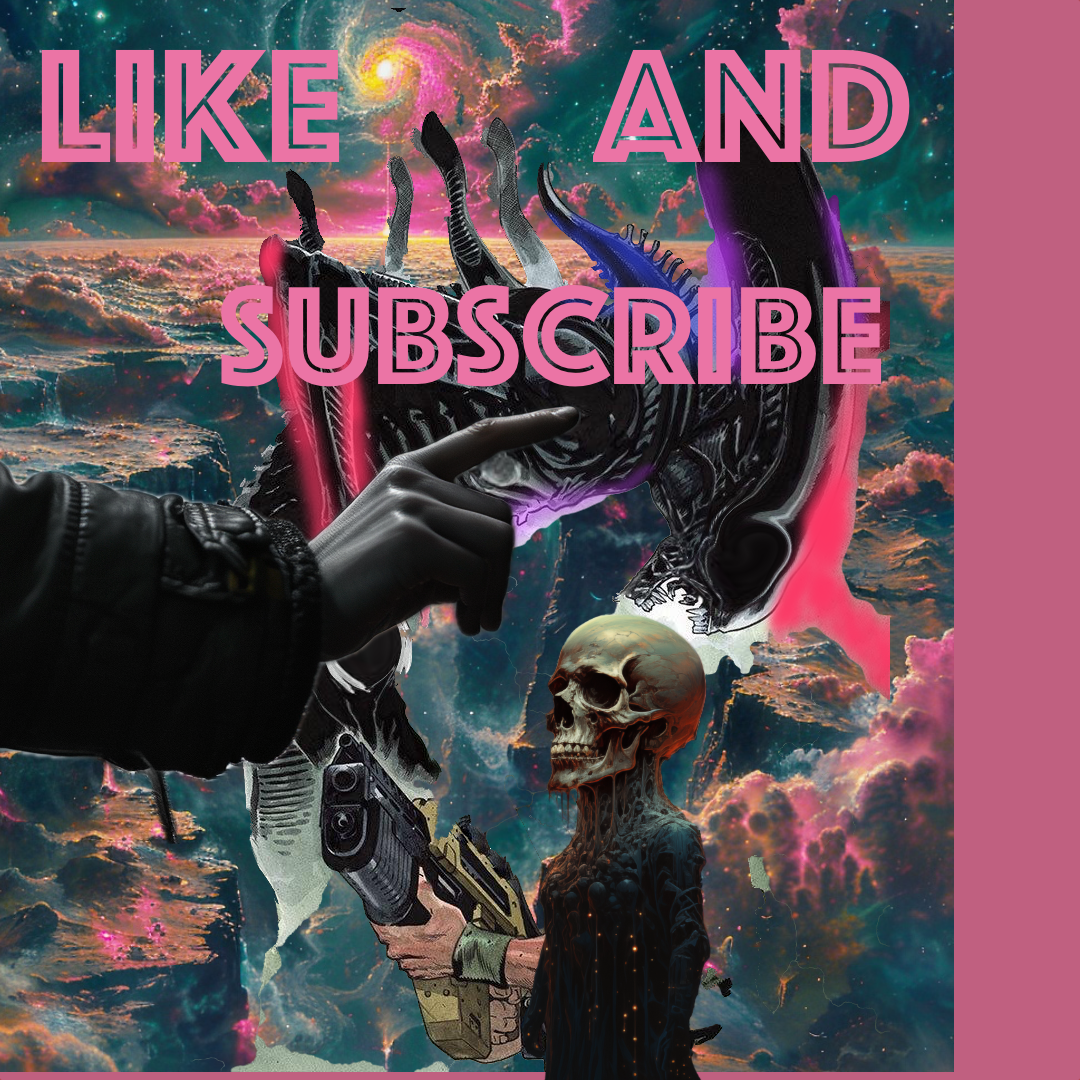
-
DevOps
My Recommended Way to Run WordPress in 2024
Sunday February 11, 2024For Small to Medium Sized Sites
Here is where I would start with:
- Server Management - SpinupWP - $12/m
- Hosting - Vultr or DO - $12/m
- Speed + Security - Cloudflare APO - $5/m
With Cloudflare and the Paid APO Plugin, you will go from like 200 requests/sec to 600 requests/sec.

-
Sunday February 11, 2024
You know the next Generation will start some time in 2025 or 2026?
You know what letter comes after A or Gen-Alpha? 🍎
.
..
….
……..
………..
GENERATION BRO 🧈
You know what comes after that???
GENERATION CHAD 🏁
Like and Subscribe ya Goblins
-
Friday February 2, 2024
Hello to my micro.blog friends. I hope you are well. 🤗
-
Productivity
,Programming
🚀 Mastering Cloud Storage - Smmall Cloud vs. The Giants! 🚀
Monday December 18, 2023Just published a new Article!
Dive into my latest blog where I compare cutting-edge cloud storage solutions like Smmall Cloud, Dropshare, CleanShot X, and Google Drive. Discover which service truly stands out in the realm of digital storage efficiency and innovation.
🔑 Key Insights:
Smmall Cloud’s unique features and how it stacks up against established players.
The practicality and cost-effectiveness of each service.
An intriguing peek into building your own cloud storage!
🎁 Exclusive Bonus: Grab a 10% discount on any Smmall.cloud plan inside the article!
Don’t miss out on these vital insights that could transform your approach to digital storage. Click to read and find out which service fits your needs best!
#CloudStorage #TechBlog #SmmallCloud #DigitalInnovation #StorageSolutions
-
Tuesday December 12, 2023
Should I get:
- Street Fighter 6 🧯
- Armored Core 6 Fires of Rubicon 🦾
-
Sunday December 10, 2023
If you are Mastodon, reply to this if you see the message. 💖 🤔 🎉
-
DevOps
Saturday December 9, 2023Think I’m going to move all my Personal sites over to K3s. Rolling deploys and Rollbacks are just better with Kubernetes than the symlink craziness you have to do when not using Containers. Works great on Homelab. Now to get k3s set up on a VM.

-
Gaming
Christmas Card for or FROM the GenZ Gamer In Your Life
Tuesday December 5, 2023Yo Fam,
Merry Litmas! 🎄💥 This holiday season is gonna be straight fire, no cap. Just like my epic gaming sessions, I'm wishing you unlimited loot and zero lag in all your festive quests.
Remember, don't just camp under the Christmas tree, go full beast mode on those presents! And keep your holiday spirits higher than my Fortnite kill count. Let's make this Christmas more legendary than a rare drop in [insert popular game].
Stay frosty and may your WiFi be as strong as your coffee. Let's catch up for a gaming sesh over the hols – maybe I'll even let you win for once. 😉
Peace, love, and GGs,
[Your Name]
P.S. Santa better not nerf my gifts this year. 🎮🎁

-
Poems
Tuesday November 28, 2023In the whirl of life's unceasing dance,
Where everything shifts in a glance,
Though change happens like the tide,
Be like the dude who abides

-
DevOps
Thursday November 16, 2023It took 20 versions for NodeJS to support ENVs, but here we are. Welcome to the future. 🎉🤡
-
Wednesday November 15, 2023
Anyone use Photomator a lot? Nice on mobile? Still useful on desktop? I love Pixelmator pro. Saw Photomator come up on the App Store awards. @maique
-
Tuesday November 14, 2023
3 new Want to Reads:
- The Immortal King Rao by Vauhini Vara 📚
- The Innovators: How a Group of Hackers, Geniuses and Geeks Created the Digital Revolution by Walter Isaacson 📚
- This Is How They Tell Me the World Ends: The Cyberweapons Arms Race by Nicole Perlroth 📚
-
Programming
Launching My First Rust Crate: pkglock
Monday October 30, 2023Excited to share my first Rust crate: pkglock 🚀
pkglock is a CLI tool that automates the process of switching URLs in your package-lock.json. Tailored to ease the management of local and remote npm registries, it stands out as a handy utility for developers.
Key Features: Configurable: Set up and switch between local and remote URLs effortlessly. Command-Line Support: Execute with various options straight from the command line.
I rewrote it in rust to avoid having to transpile JS in order to support CommonJS and ESM.
-
Thoughts
Saturday October 28, 2023Woke up in a panic, thinking it was Wednesday. Turned out to be, in fact, the Weekend.
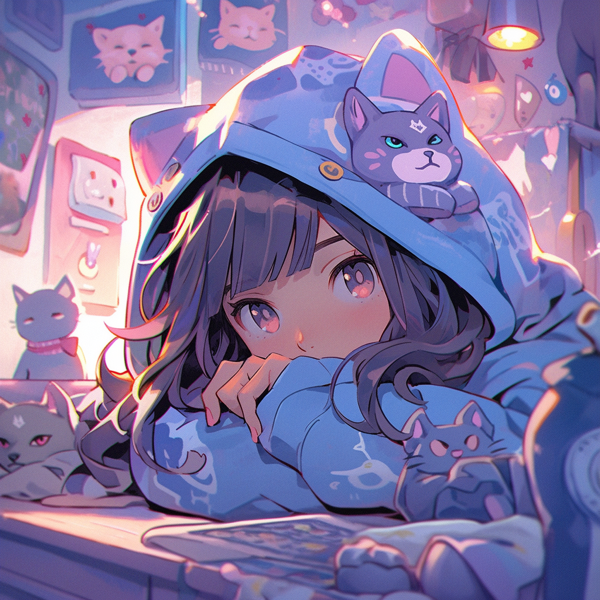
-
Programming
Introducing pkglock: A Practical npm Utility
Sunday October 22, 2023Hello Everyone! 🚀 I’m thrilled to say that I published my first npm package: Pkglock.
I made it to solve some minor inconveniences that developers might face.
The Problem
While working with npm packages, I found Verdaccio to be quite helpful. It’s a private npm proxy registry allowing for local caching of npm packages, substantially speeding up the npm installation process. However, the use of Verdaccio introduced a slight hiccup in collaboration. Since it relies on a local cache, the resulting package-lock.json file makes collaboration challenging, as not everyone has access to my private, local cache.
pkglock: A Simple Solution
Enter "pkglock". It’s a simple tool, nothing flashy, just a practical utility that addresses this issue by making it easier to switch between the public npm registry and a local cached npm registry. It’s about smoothing out the development workflow, ensuring that you can collaborate with others efficiently despite using a local cache like Verdaccio.
I’ll be writing a more detailed post on Medium soon, delving into the specifics, so keep an eye out for that if you’re interested in learning more.
Until then, Happy Coding! 🚀👨💻🚀
-
DevOps
Friday October 20, 2023Programmers: Dracula theme + JetBrains Mono = ✅
-
Thoughts
Thursday October 19, 2023Embrace the mystery of each new day 🌅. Consider this: Could there be a grand deceiver as there could be a grand designer? Science has unveiled many secrets of the universe 🌌, but could reality be altered based on our expectations? 💭
-
Tuesday October 3, 2023
Finished! Awaiting the results. Working on my first NPM module.
-
Movies
Top Wholesome Anime or Animated Movies Perfect for Your 5-Year-Old
Sunday September 10, 2023Here Are 50 movies from Animation to Anime.
Animation has the power to breathe life into our wildest dreams and fantasies. From the heartwarming tales of friendship and adventure to the intricate narratives of anime, this collection of 50 films represents the pinnacle of animated storytelling. Dive into a universe where colors, sounds, and emotions blend seamlessly, and let these movies whisk you away on a journey of wonder and nostalgia.
For children aged 5 to 10, every day is an adventure waiting to unfold. This is the age of first friendships, learning to read and write, and discovering the world in all its wonder. Animated movies that cater to school-age children often capture the essence of these formative years. They provide tales of bravery, friendship, and the magic of believing in oneself. Whether it’s a story about a young hero embarking on a quest or a tale of friendship that transcends boundaries, these films offer entertainment and gentle lessons that stay with them as they grow.
Western Animation
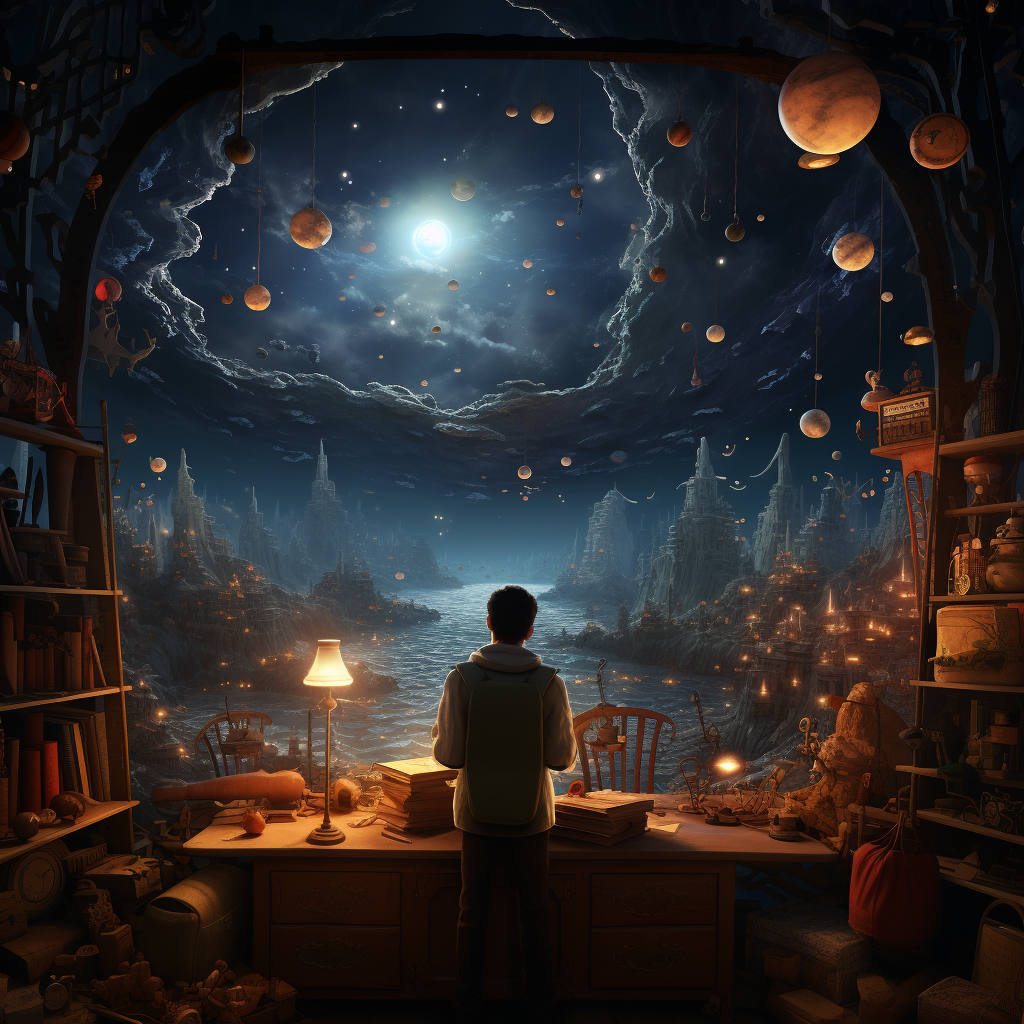
- Kung Fu Panda - Join Po, the unlikely hero, as he discovers his destiny to become the Dragon Warrior. TMBD, Likewise
- Despicable Me - Watch the journey of Gru, a supervillain who adopts three young girls and changes for the better. TMBD, Likewise
- My Little Pony: The Movie - Join Twilight Sparkle and her friends as they embark on an adventure to save Equestria. TMBD, Likewise
- Finding Nemo - Dive into the underwater world as Marlin and Dory search for Marlin’s missing son, Nemo. TMBD, Likewise
- Frozen - Experience the bond of two royal sisters, Anna and Elsa, as they save their kingdom of Arendelle. TMBD, Likewise
- Tangled - Follow Rapunzel’s journey outside the tower, accompanied by the charming Flynn Rider. TMBD, Likewise
- Toy Story - Dive into a world where toys come to life when humans aren’t looking. TMBD, Likewise
- Moana - Embark on an oceanic journey with Moana to restore the heart of Te Fiti. TMBD, Likewise
- Cars - Join Lightning McQueen as he discovers the value of friendship in the small town of Radiator Springs. TMBD, Likewise
- The Lion King - Witness the epic tale of young Simba’s journey to reclaim Pride Rock. TMBD, Likewise
- Shrek - Enjoy the adventures of Shrek, Fiona, and Donkey in a fairy tale world turned upside down. TMBD, Likewise
- Madagascar - Follow four zoo animals as they get a taste of the wild after being stranded on an island. TMBD, Likewise
- The Incredibles - Meet a family of superheroes trying to live a normal life. TMBD, Likewise
- Ratatouille - Relish the culinary journey of Remy, a rat who dreams of becoming a chef. TMBD, Likewise
- Brave - Discover the story of Merida, a princess who defies tradition and carves her own path. TMBD, Likewise
- Zootopia - Dive into a city where predator and prey live in harmony, and uncover a mystery with Officer Judy Hopps. TMBD, Likewise
- How to Train Your Dragon - Join Hiccup and Toothless in their adventures in a world of Vikings and dragons. TMBD, Likewise
- The Little Mermaid - Dive under the sea with Ariel, a mermaid who longs for a life on land. TMBD, Likewise
- Mulan - Journey with Mulan as she disguises herself as a man to save her father. TMBD, Likewise
- Pocahontas - Explore the story of Pocahontas and her encounter with settler John Smith. TMBD, Likewise
- Rio - Soar with Blu, a domesticated macaw, as he discovers the wilds of Rio de Janeiro. TMBD, Likewise
- Over the Hedge - Dive into suburban life with a group of forest animals. TMBD, Likewise
- Megamind - Revel in the tale of a supervillain who finds a new purpose after defeating his nemesis. TMBD, Likewise
- WALL-E - Journey with WALL-E, a lonely robot, as he discovers love and the importance of saving Earth. TMBD
- The Princess and the Frog - Embark on a magical journey in New Orleans with Tiana and Prince Naveen. TMBD, Likewise
Anime (Japanese Animation)
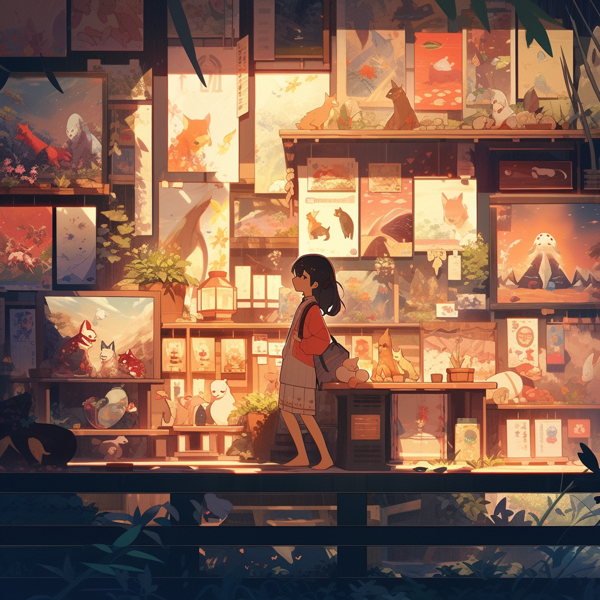
- My Neighbor Totoro - Explore the countryside with two young sisters and their magical friend Totoro. TMBD | Likewise
- Kiki’s Delivery Service - Follow Kiki, a young witch, as she starts her own delivery business in a new town. TMBD | Likewise
- Ponyo - Dive into the story of a fish-girl who wants to become human after befriending a young boy. TMBD | Likewise
- The Secret World of Arrietty - Unveil the lives of tiny people living secretly in human homes. TMBD | Likewise
- Doraemon: Nobita’s Dinosaur - Join Nobita and his robotic cat, Doraemon, on an adventure back in time. TMBD | Likewise
- Spirited Away - Join Chihiro as she navigates a world of spirits after her parents are turned into pigs. TMBD | Likewise
- Whisper of the Heart - Explore the world of young love and artistic inspiration. TMBD | Likewise
- The Cat Returns - Delve into a feline world after a girl saves a mysterious cat. TMBD | Likewise
- Castle in the Sky - Embark on a skyward adventure to find a legendary floating castle. TMBD | Likewise
- Summer Wars - Dive into a digital world where a young math prodigy must save the day. TMBD | Likewise
- The Girl Who Leapt Through Time - Discover the consequences of time travel with a girl who gains this mysterious power. TMBD | Likewise
- Wolf Children - Witness the lives of two children born from the union of a human and a wolf. TMBD | Likewise
- A Silent Voice - Unfold the story of redemption and friendship between a deaf girl and her former bully. TMBD | Likewise
- Mary and the Witch’s Flower - Venture with Mary into a school for witches after finding a mysterious flower. TMBD | Likewise
- Detective Conan: The Time Bombed Skyscraper - Solve mysteries with the brilliant mind of a detective trapped in a child’s body. TMBD | Likewise
- Crayon Shin-chan: Action Mask vs. Leotard Devil - Enjoy the antics of a mischievous boy and his alter ego superhero. TMBD | Likewise
- Lu Over the Wall - Delight in the story of a young boy’s encounter with a mermaid. TMBD | Likewise
- Anohana: The Flower We Saw That Day - Relive childhood memories with a group of friends haunted by a past incident. TMBD | Likewise
- When Marnie Was There - Dive into a tale of friendship and memories between two young girls. TMBD | Likewise
- Your Name - Experience a tale of two teenagers who swap bodies and the mystery that binds them. TMBD | Likewise
- Weathering With You - Explore a rain-soaked Tokyo with a boy and a girl who can control the weather. TMBD | Likewise
- Pokémon: The First Movie - Join Ash and Pikachu in their adventure against the legendary Pokémon, Mewtwo. TMBD | Likewise
- Doraemon: Nobita and the Birth of Japan - Travel through time with Doraemon and friends. TMBD | Likewise
- Digimon Adventure: Our War Game! - Dive into the digital world with the DigiDestined as they battle a viral threat. TMBD | Likewise
TMDb, or The Movie Database, is a community-driven platform that offers a comprehensive database of movies, TV shows, and actors, much like IMDb. However, what sets TMDb apart is its emphasis on user participation. While IMDb is more industry-focused and includes professional credits, reviews, and box office data, TMDb encourages its users to contribute by adding and editing content, making it a more collaborative and dynamic resource for movie and TV enthusiasts.
Likewise, it is a user-friendly platform streamlining entertainment and media content discovery. With abundant streaming choices available today, Likewise offers tailored recommendations based on individual preferences. Users can receive and share their top picks, fostering a community of entertainment enthusiasts. Its blend of personalization and community-driven suggestions makes Likewise an essential tool for finding quality content efficiently.
🔥 Love my work? ☕ Show your support and fuel my creativity by buying me a coffee - LLBBL on Ko-Fi! 💫
-
Saturday August 19, 2023
(。U ω U。)
🩷